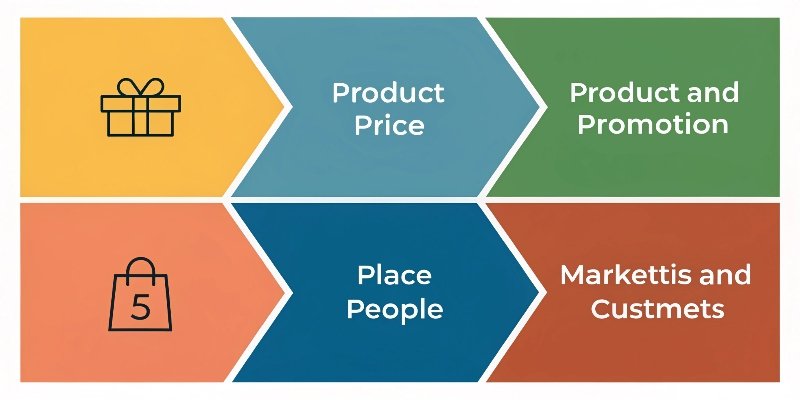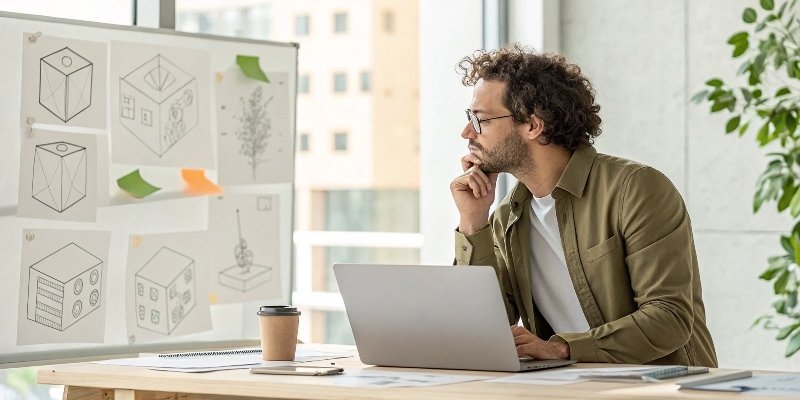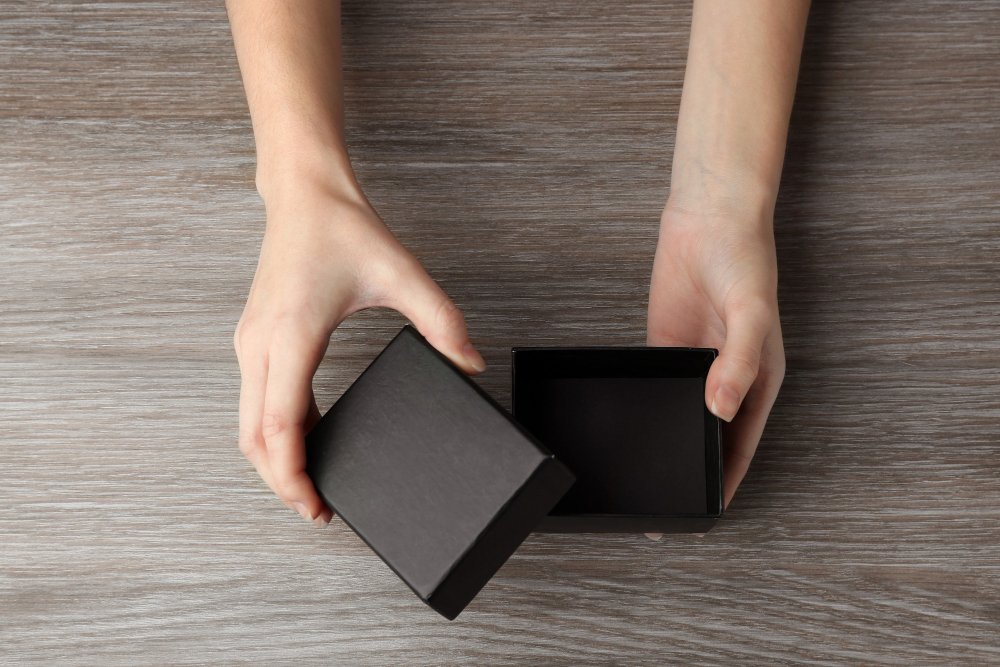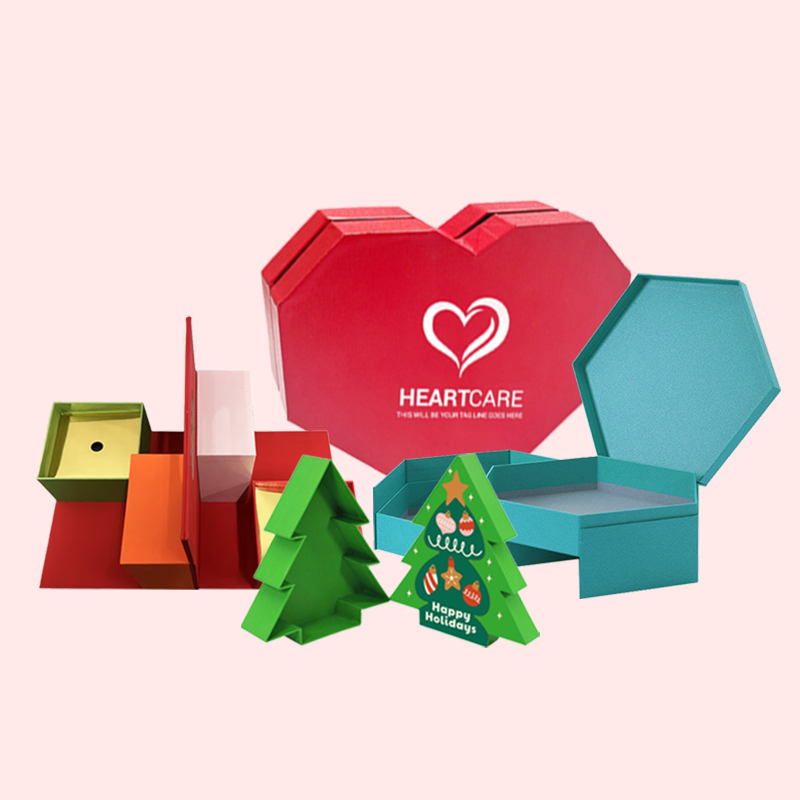Struggling to make your packaging match your product's quality? A cheap-looking box can hurt your brand. Let's explore what makes luxury packaging truly work for you.
Effective luxury packaging combines high-quality materials, thoughtful structural design, and unique finishing touches. It's about creating an emotional connection and a memorable unboxing experience that communicates your brand's story and justifies the premium price. Attention to detail is everything.

So, we know that great materials and design are key. But how do you put that into practice? It's not just about looking good; it's about a strategic approach that considers every single element. I've spent over 16 years in this industry, and I've seen firsthand what works. To really understand how to create effective luxury packaging, we need to break it down. Let’s start with some foundational principles.
Do You Know the 5 P's of Packaging?
Feeling lost in your packaging design process? Without a solid framework, you might miss crucial elements. The 5 P's model is a great guide to keep you on track.
The 5 P's of packaging are: Product, Price, Promotion, Place, and People. This framework helps you consider how the packaging protects the item, reflects its value, markets the brand, fits the retail environment, and connects with your target customer. It's a holistic marketing approach.

Breaking Down the 5 P's
In my years of working with brands, I've seen that failing on just one of these 'P's' can undermine the entire project. For example, a beautiful box that doesn't fit the 'Place'—the retail shelf—is a design failure, no matter how good it looks. It's a balancing act. You have to think about how the customer ('People') interacts with the package, from the moment they see it to the moment they open it. It's a complete journey. This framework ensures you're looking at the project from all angles, not just the design perspective.
| The 'P' | What It Means for Packaging Design |
|---|---|
| Product | The packaging must protect the item inside. It needs to be the right size, shape, and material to prevent damage during shipping and handling. |
| Price | The packaging must reflect the product's price point. A luxury item needs premium packaging to justify its cost and build perceived value. |
| Promotion | The packaging is a marketing tool. It should communicate the brand story1, highlight key features, and grab the customer's attention. |
| Place | This is about where the product is sold. Will it be on a crowded retail shelf, or sold online? The design must work for its environment. |
| People | Who is your target customer2? The design, materials, and unboxing experience3 must appeal directly to their tastes, values, and expectations. |
Why Exactly Is Luxury Packaging So Important for Your Brand?
Think luxury packaging is just an expensive extra? This view can cost you customers and brand loyalty. Let's look at why it's actually a vital business investment.
Luxury packaging4 is crucial because it's the first physical interaction a customer has with your brand. It builds anticipation, communicates premium quality5, justifies a higher price point, and creates a memorable unboxing experience3 that fosters loyalty and encourages social sharing. It's powerful, silent marketing.

More Than Just a Box
I remember a client who sold premium handcrafted leather goods. They were using standard cardboard boxes. Sales were okay, but not great. We redesigned their packaging into a rigid box with a magnetic closure and a soft-touch finish. It felt substantial and looked incredible. Their brand's online perception changed almost overnight. Customers started posting unboxing videos on social media, something they never did before. The packaging became part of the product's story and its perceived value. We didn't just change the box; we changed how people felt about the brand before they even touched the product. It wasn't just a container anymore; it was the start of the luxury experience. That's the power we're talking about. It elevates everything inside and makes the purchase feel truly special.
What Are the 5 Key Considerations When Making Packaging?
Feeling overwhelmed by a new packaging project? It’s easy to miss a key detail and face costly problems later. Focusing on these five core considerations simplifies the entire process.
The five key considerations are: Functionality (protection and usability), Aesthetics (visual appeal6 and branding), Cost (budget constraints), Production (manufacturing feasibility), and Sustainability (materials and lifecycle). Balancing these five areas is essential for creating successful and practical packaging.

Balancing the Core Elements
As a designer, you probably focus a lot on aesthetics7. That's your expertise. But in my experience, the most successful projects happen when the designer also speaks the language of production and cost. I once worked on a beautiful, complex design that was a nightmare to produce. The cost per unit skyrocketed, and the deadline was missed. We had to go back and simplify it. The lesson was clear: a great design is one that can actually be made efficiently and within budget. These five points must always be in balance. You have to treat them as an interconnected system where a change in one affects all the others.
| Consideration | Key Questions to Ask |
|---|---|
| Functionality | Does it protect the product? Is it easy for the customer to open and use? Does it ship efficiently? |
| Aesthetics | Does it align with our brand identity? Is it visually appealing to our target customer2? Does it stand out from competitors? |
| Cost | What is our budget per unit? How do material choices and finishes affect the final price? Does the cost align with the product's value? |
| Production | Can this design be manufactured at scale? Are the materials readily available? What are the lead times? |
| Sustainability | Is the material recyclable or made from recycled content? Can we minimize waste? Does it align with our brand's and customers' values? |
What Is the Single Most Important Factor in Luxury Package Design?
Trying to design a standout luxury package? If you focus on the wrong details, it can feel generic. Let's pinpoint the one factor that matters more than any other.
The most important factor is creating an emotional connection8. While materials and aesthetics7 are vital, it's the feeling the packaging evokes—exclusivity, anticipation, and value—that truly defines a luxury experience. It must tell a story and make the customer feel special and understood.

Beyond the Physical: Crafting an Emotion
Think about opening a new Apple product. The perfect fit of the box, the slow reveal of the device, the minimal design—it all creates a feeling of precision and quality. Or consider the iconic Tiffany Blue Box®. Just seeing that specific color evokes feelings of excitement and desire. This isn't an accident. It's carefully engineered emotion. I always tell my team, "Don't just design a box. Design the moment the customer opens it." How does it sound when the lid lifts? How does the texture feel in their hands? What does the customer see first? This focus on the sensory and emotional journey is what separates good packaging from truly unforgettable luxury packaging. It’s the silent brand ambassador that speaks volumes and transforms a simple transaction into a memorable brand experience.
Conclusion
Ultimately, effective luxury packaging is an investment. It combines quality materials, smart design, and emotional storytelling to elevate your brand and create a lasting connection with your customer.
-
Explore ways to effectively convey your brand story through innovative packaging design. ↩
-
Find strategies to effectively identify and appeal to your target customers through packaging. ↩ ↩
-
Learn about the elements that create memorable unboxing experiences and their impact on customer satisfaction. ↩ ↩
-
Explore how luxury packaging enhances brand perception and customer loyalty, making it a vital investment. ↩
-
Understand the characteristics of premium quality packaging and its role in brand positioning. ↩
-
Discover techniques to improve the visual appeal of packaging and attract customers. ↩
-
Explore the impact of aesthetics on packaging design and customer perception. ↩ ↩
-
Discover the significance of emotional connections in packaging and how they influence customer experiences. ↩






